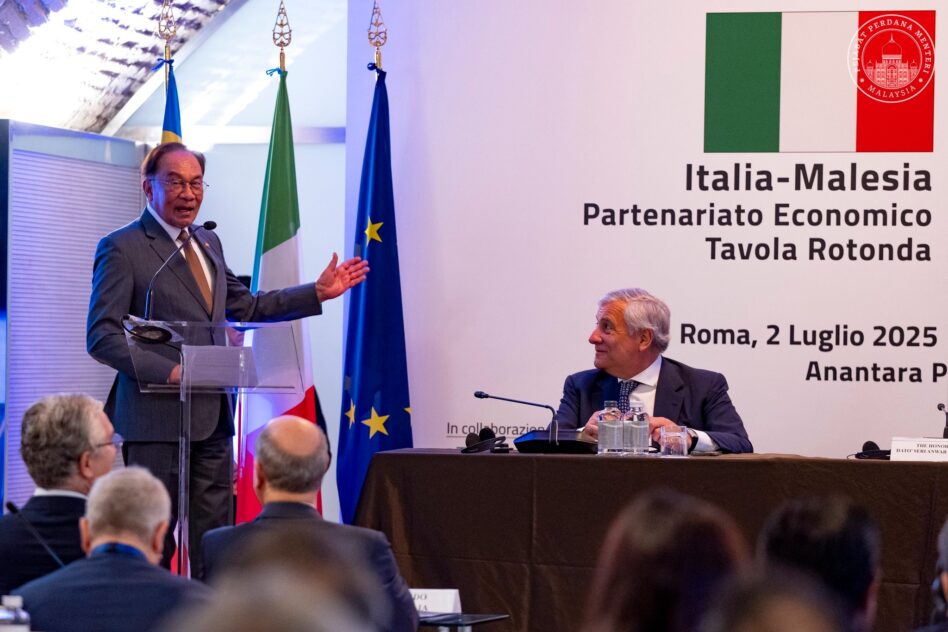IN the final part of this article, I would like to dwell more on lone wolf attacks by extremist groups. Lone wolves will become the “new norm” for current and future terrorist attacks.
As proven in Auckland, New Zealand, terrorist Ahamed Aathil Mohamed entered a supermarket, snatched a knife from the shelf and stabbed seven individuals, critically injuring three of them. With a simple plan and no expenses, the terrorist completed his “mission” even though he knew he would die as a result of his crime.
Despite the fact that security and intelligence officials knew Aathil was capable of committing a crime, they were powerless to stop him on this occasion. That demonstrates how dangerous the extremists are to the society.
In most circumstances, they will act as a sleeper cell, and security agencies could only act once the attacks have been carried out.
Lone wolves
Lone wolves are the term for these terrorists. They are regarded a low-risk terrorist, supporter or sympathiser because they have no obvious ties to any terror organisation. Furthermore, they employ inferior and readily available weapons in their attacks to ensure a high level of casualties.
They are regarded the less significant terrorist in most situations, such as the Reading, Streatham, and London bridge attacks, although their strikes can be devastating.
Unfortunately, there is no universally agreed-upon definition for a lone wolf terrorist. According to criminologist Joel A Capellan, there are two types of lone wolf terrorists.
The most visible are lone wolves who are either not affiliated with any terrorist organisations or have not gotten any aid from them. Typically, they radicalised themselves by devising their own attack strategy.
The other type is connected to certain terror network. While they may act alone, these individuals are directed by a certain terrorist organisation. From the outset to the finish of any terror act, the leader of a terrorist group will train these lone wolves by offering all help and support.
But there are also two other types; which is the lone wolf pack, where a group of people having become self-radicalised. And finally, the lone attacker, who attacks alone, with the direct backing and influence of a terror organisation.
Overall, this is an unprecedented phenomenon. Finding a member of a sleeper cell or a lone wolf is a challenge for our intelligence and security forces. Lone wolves are distinguished by their independence.
They usually act without direct supervision and through premeditated planning. They are also emotionally disturbed and have weak interpersonal/social skills.
But according to Bruce Hoffman, a senior fellow at the Combating Terrorism Centre at the United States Military Academy, the lone wolf terrorist concept is not new. He also said that lone wolf attacks are less violent than other types of terrorism.
However, he warned that the growing number of lone wolf threats could overwhelm and divert intelligence and law enforcement resources.
Clear and present danger
The rule of law is never acknowledged or followed by terrorists or their organisations. They are vicious individuals. Their only goal is to meet benchmarks and maintain their ideology. Anything else won’t matter to them.
Terrorism takes on new forms all the time and they use a variety of methods. They always seem to find a small window of opportunity to carry out their deadly acts, such as in Auckland, Nice, Paris, Brussels and London. The intelligence and security services should act against these terrorist organisations.
These groups’ methods are changing to include non-conventional weapons such as kitchen knives and vehicles. Furthermore, they are deceiving security forces and the public by wearing phony suicide vests to “protect” themselves.
They are effectively utilising technology to their advantage, employing it to plan and execute their operation while avoiding detection by intelligence agencies.
Lone wolves are difficult to spot. In general, they look like any one of us and tend to keep a low profile, to avoid exposing themselves to intelligence or security authorities.
Furthermore, our security agencies are perplexed as to how to prevent lone wolf attacks. Therefore, the public must take a proactive role by notifying these agencies if any of their family members or friends are found acting “strangely”.
To confront this group’s ideology, intelligence and security agencies must work with religious authorities. They also need to build a powerful narrative against this ideology by identifying what the religion’s genuine teachings are. Furthermore, they can employ artificial intelligence (AI) to counter the terrorist groups’ propaganda materials.
To summarise, the rise of the Taliban and the unwillingness of international organisations like the United Nations (UN) and the Organisation of Islamic Cooperation (OIC) to issue a forceful statement condemning the Taliban’s atrocities sends a wrong message to the world, particularly foreign terrorist groups.
Another “Sept 11 attack” is unfathomable, and with the COVID-19 pandemic still active, another war on terror is out of the question.
Therefore, all countries must work together to push the current Taliban Government in Afghanistan to honour the Doha Agreement, or risk economic sanctions, which will compel them to fulfil their duties under the agreement. – Sept 13, 2021
R Paneir Selvam is a senior lecturer at the Faculty of Business, Economic and Accounting/Institute of Crime and Criminology, HELP University.
The views expressed are solely of the author and do not necessarily reflect those of Focus Malaysia.









